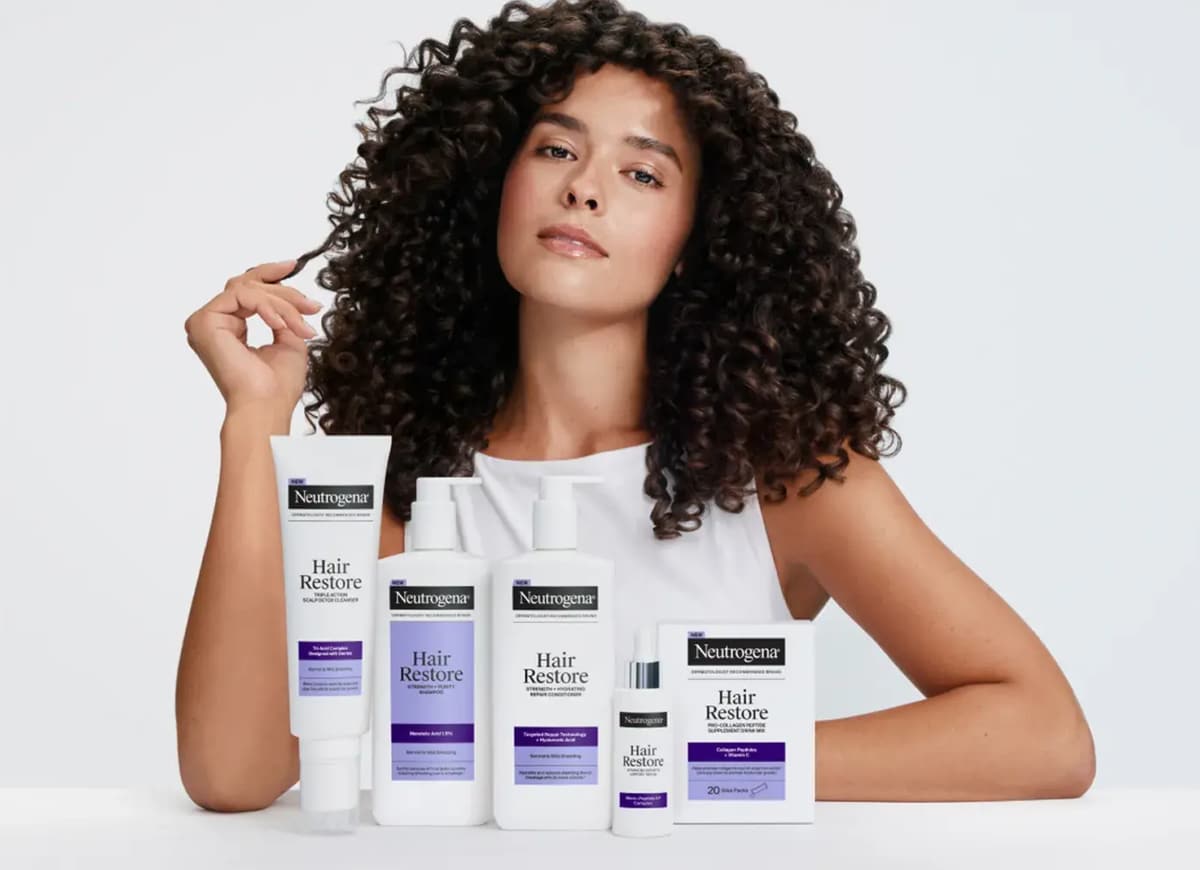Kris Jenner has a knack for turning everyday beauty habits into headline moments. Her latest reveal is that she’s been taking hair peptide gummies. It’s a tiny detail delivered with her usual breezy confidence, yet it instantly sent beauty enthusiasts into detective mode. What peptides? What do they do? Should everyone be taking them? And is this the secret behind the glossy Kardashian-Jenner universe of ponytails, bobs, and waist-length manes?
There’s something fun about watching a celebrity casually share a wellness ritual without making it a whole production. Jenner didn’t name the brand. No unboxing video. No dramatic before-and-after montage. Just a morsel of info, enough to tease the beauty world and send curious minds down a peptide rabbit hole. The good news is that hair peptides aren’t celebrity-exclusive. They’re widely accessible, surprisingly science-backed, and becoming a staple across both topical products and ingestible supplements.
What Peptides Actually Do For Hair
Peptides sound like something out of a lab thriller, but they’re essentially short chains of amino acids. Think of them as the body’s communication signals. When applied to the scalp or taken as supplements, certain peptides can whisper helpful instructions to your hair follicles.
One of the most buzzed-about is GHK-Cu, also known as biotinoyl tripeptide-1. It’s the go-to ingredient in many growth-focused serums and shampoos because it encourages follicle repair and helps improve circulation around the root. More circulation means more nourishment, and more nourishment means happier, less fragile strands.
Then there are collagen peptides. These don’t just strengthen hair; they support the scalp itself. Since collagen acts like the scaffolding that holds everything together, boosting the body’s natural production can create a healthier environment for growth.
Peptides can show up in almost any format. Serums. Shampoos. Conditioners. Supplements. Gummies. Powders. If it lives in your bathroom cabinet or on your kitchen counter, someone has probably found a way to peptide-infuse it.
Why Jenner’s Timing Is So On-Trend
Hair-growth conversations have evolved. It’s no longer just about vitamins or “miracle oils.” More people are looking at hair through a wellness lens. What strengthens the scalp? What reduces shedding? What protects follicles from stress? Peptides slide into this conversation perfectly.
According to one of Neutrogena’s top trichologists, the scalp ages 6 times faster than any other part of the body; therefore, as we age, men and women start thinning. That’s why dermatologist-designed systems are having a moment.
One example that mirrors the peptide-forward approach experts recommend is Neutrogena’s Hair Restore Advanced collection. It’s designed to meet hair on multiple fronts, inside and out, without feeling overly glossy or overhyped.
The dietary drink supplement in the line uses hydrolyzed collagen peptides, which are easier for the body to absorb. That’s helpful if your goal is to support the body’s natural collagen production for thicker, healthier hair. Meanwhile, the serum focuses on nourishing roots and minimizing shedding from breakage. The conditioner uses hyaluronic acid to hold onto moisture while targeting damaged areas without creating buildup.
The shampoo relies on mandelic acid to remove nearly all buildup while strengthening the hair. And for a deeper clean, there’s a triple-action detox cleanser that exfoliates dead skin cells, dissolves oil and sebum, and resets the scalp environment. While these recommendations aren’t connected to Jenner, they reflect a wider trend of accessible, dermatologist-informed haircare leaning heavily into peptide technology.
Why Everyone’s Suddenly Interested
Whenever a high-profile figure casually shares a beauty habit, it works like a spotlight. People don’t necessarily want to copy the routine; they just want to understand the science behind it. And peptides make sense. They’re one of the few categories where the logic, the research, and the results all sit comfortably together.
Hair growth will always have an air of mystery. Hormones, stress, genetics, styling habits, diet, they all blend in a cocktail of unpredictability. Peptides aren’t magic, but they offer a targeted, biological nudge that feels practical rather than gimmicky.
Jenner’s offhand comment nudged the trend forward again. It’s a reminder that modern haircare isn’t just about shine; it’s about strategy. And peptide-powered products, whether they’re gummies or shampoos, fit snugly into that new way of thinking.









